31 May - GB Gruffy Nature Reserve. Great spotted woodpecker (taken with macro lens, but I like the scene), and chimney sweeper moth.
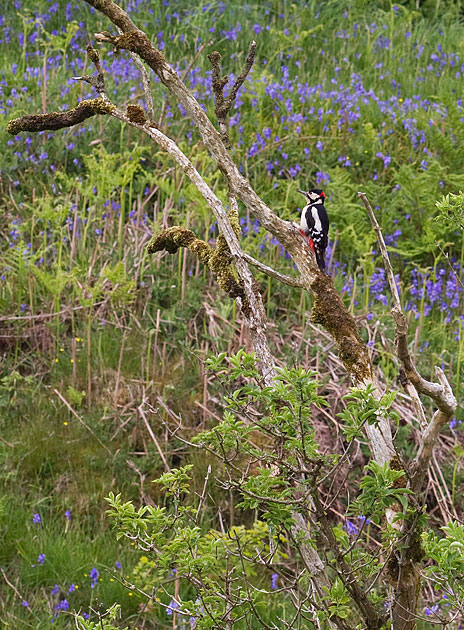
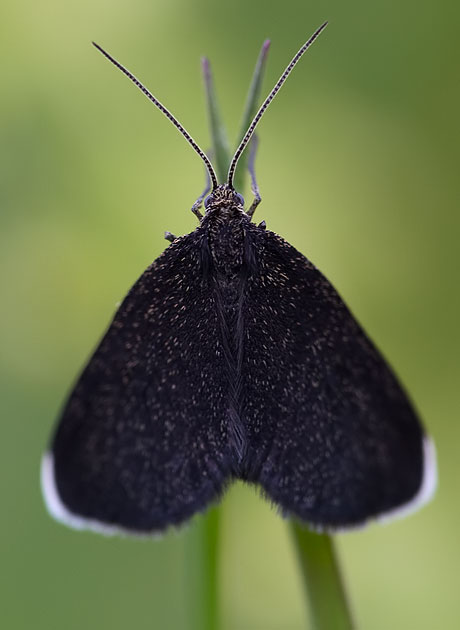
More garden moths - top row pale tussock, scalloped hazel, chocolate-tip.
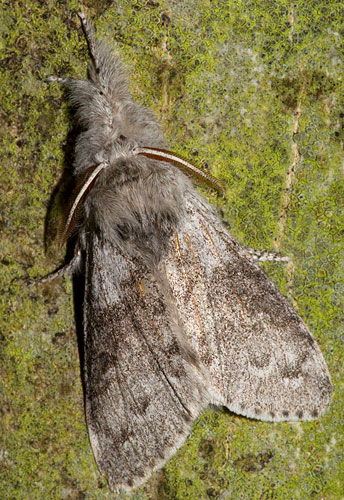
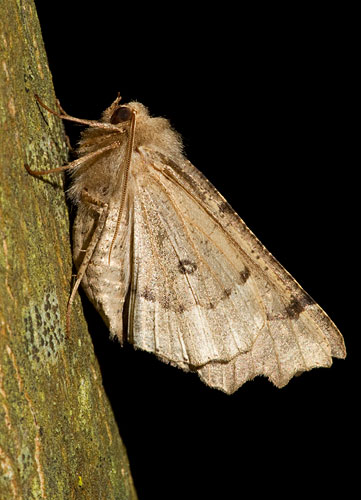
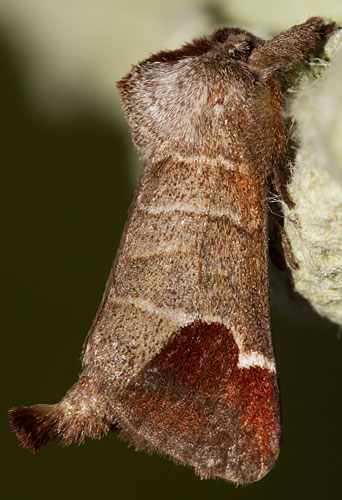
treble lines, orange footman, common wainscot
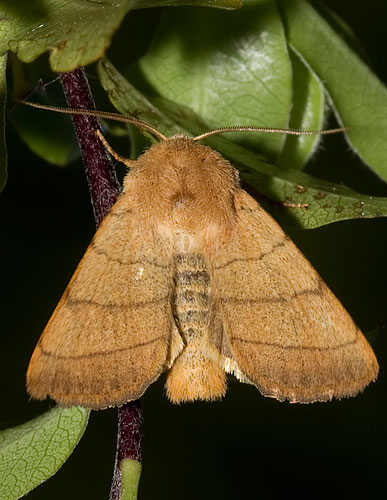
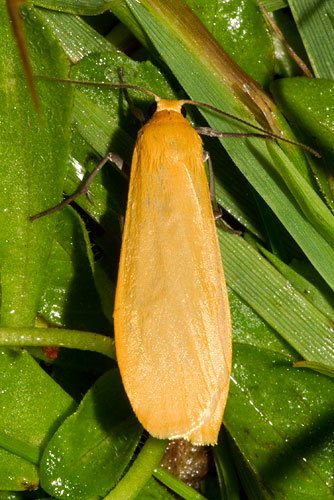
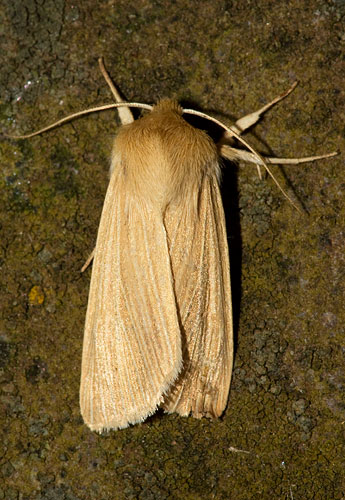
23 May. In your face. Catching greater horseshoe bats at Woodchester in the morning.
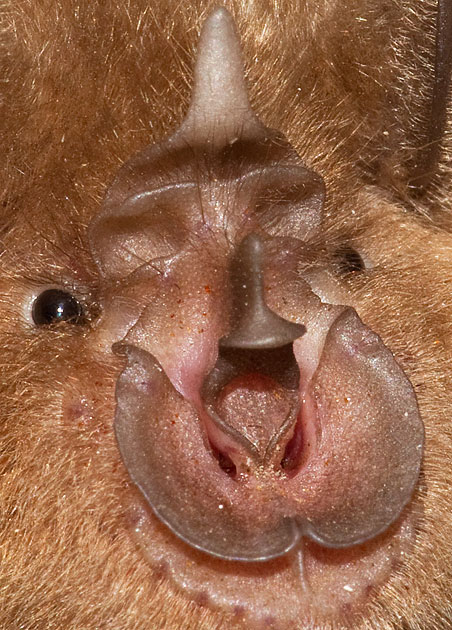
In the afternoon I went to see the Glanville fritillaries at Sand Point. I saw at least a dozen, including one group of 5 in a chasing party. The hot temperatures meant they were very active and rather distant for photography with a 180mm lens.
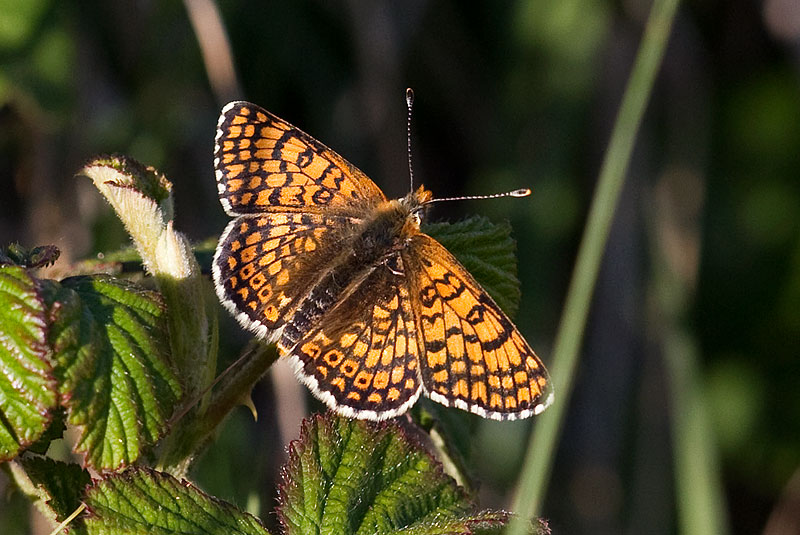
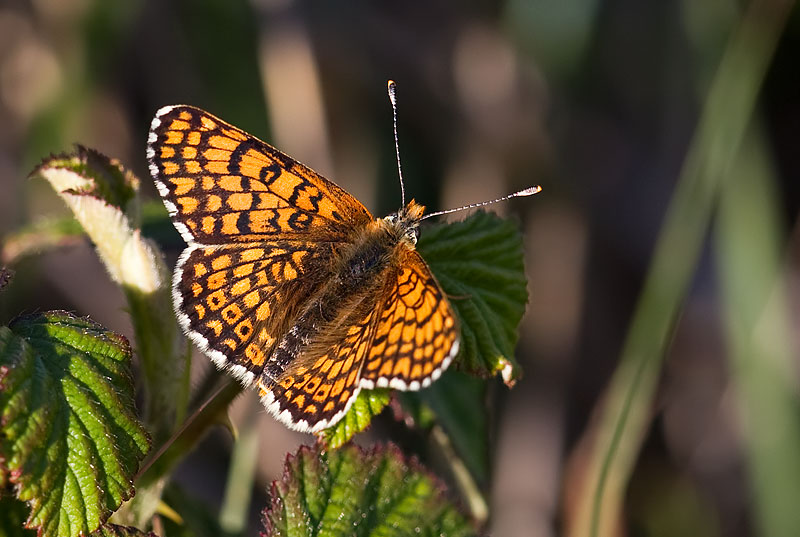
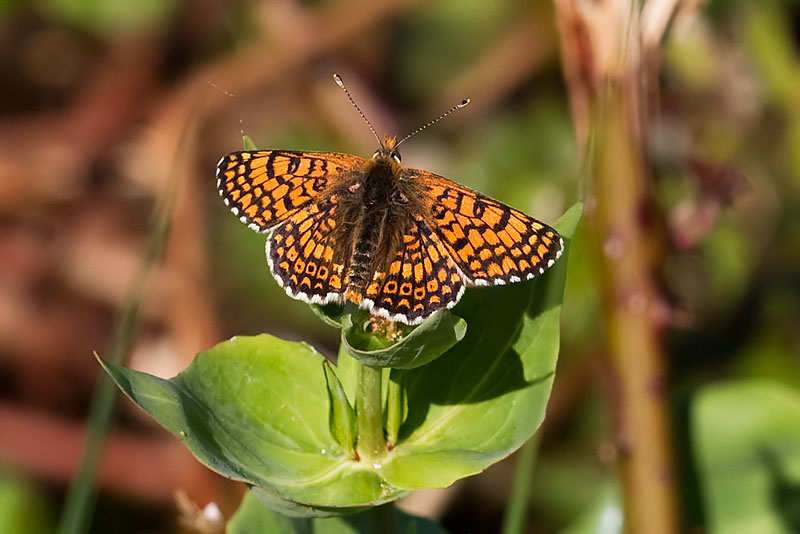
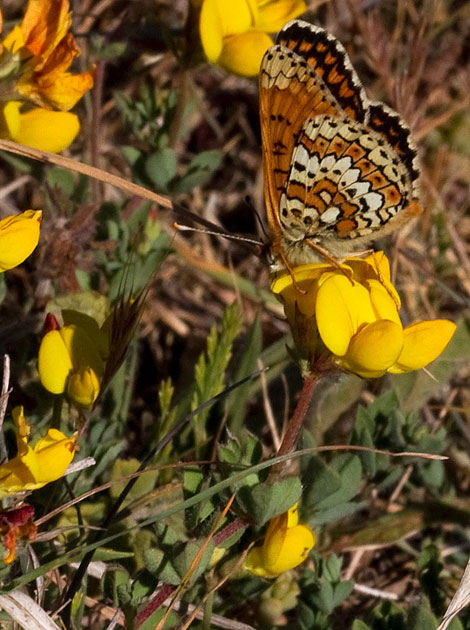
22 May. Heatwave. A good range of butterflies at Draycott Sleights.
Male (left) and female (right) common blue.
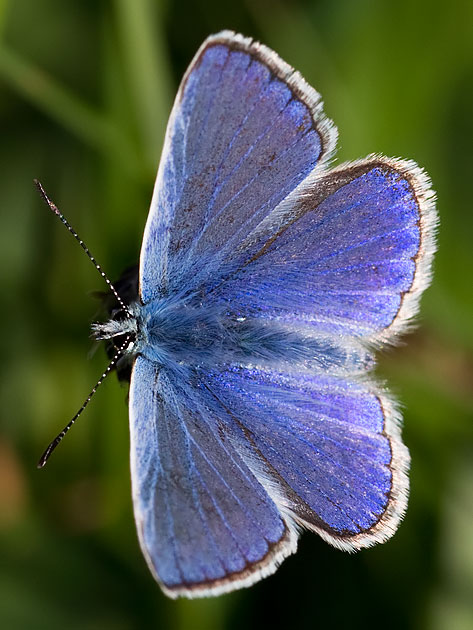
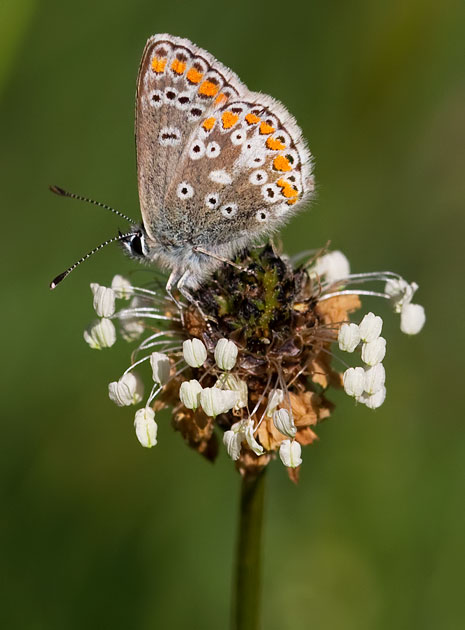
Small blue (left) and small copper (right).
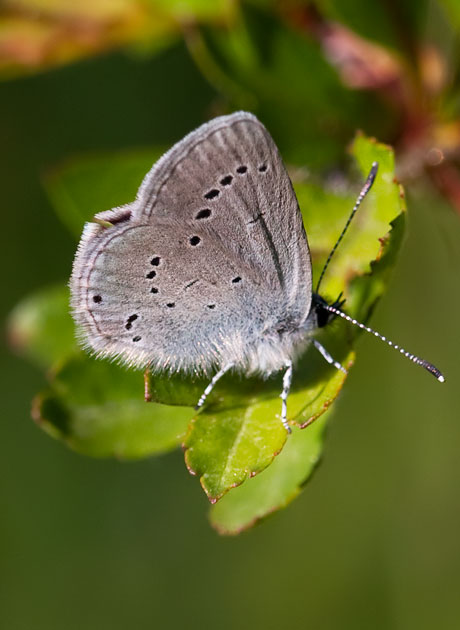
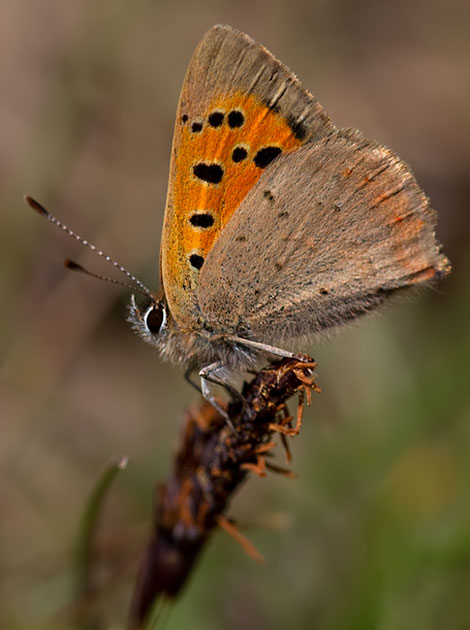
Dingy skipper and small heath.
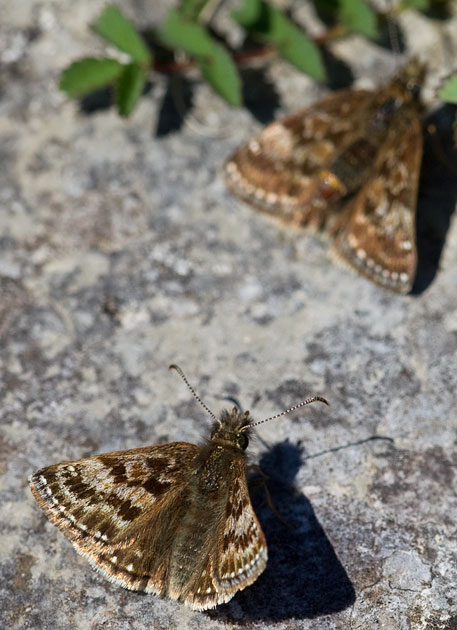
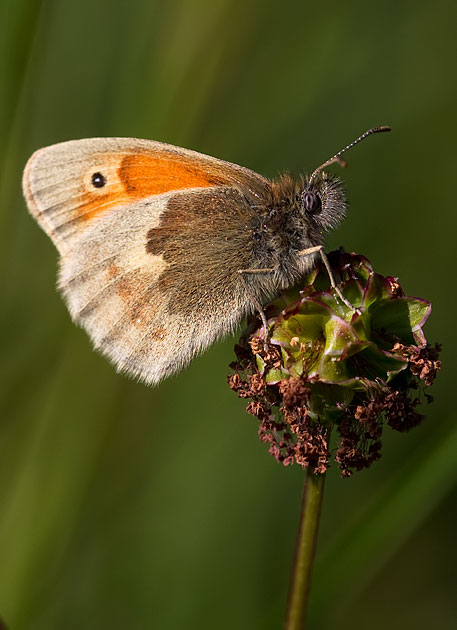
16 May. A tame summer plumage dunlin at Heron's Green Bay, Chew allowed some great photographic opportunities.
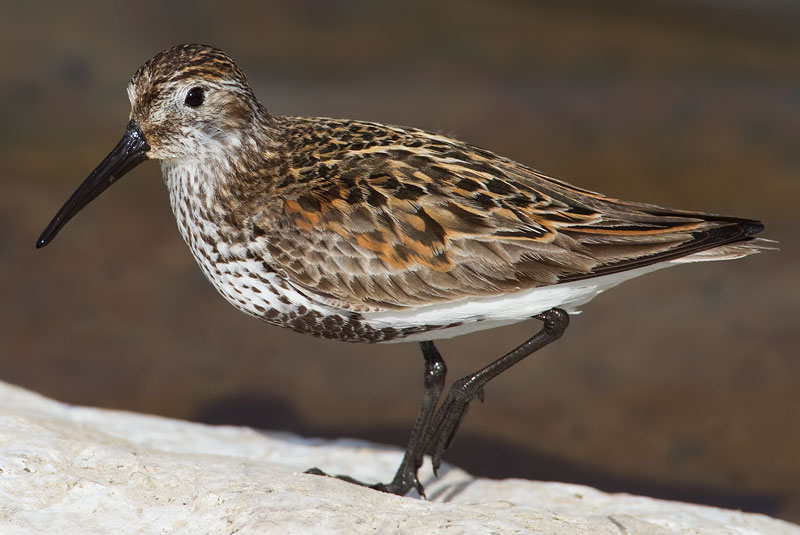
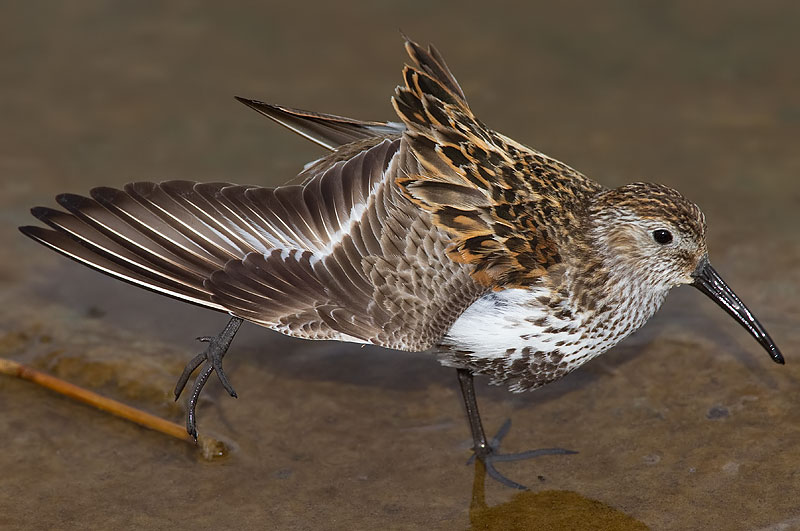
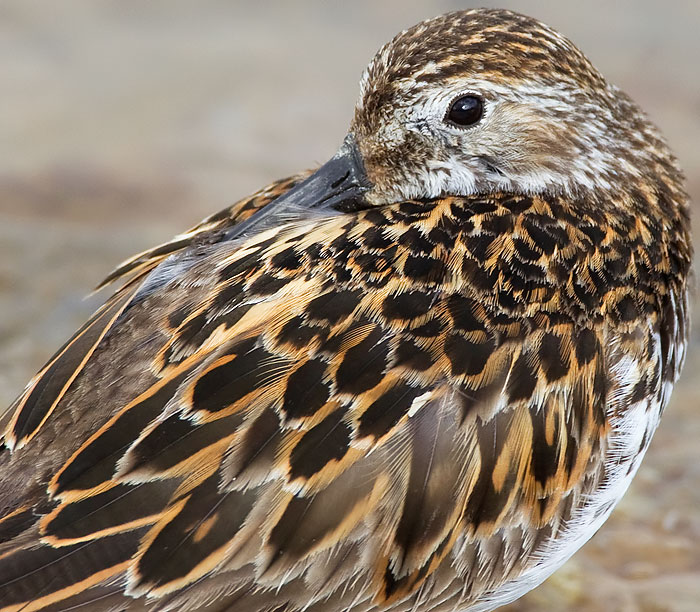
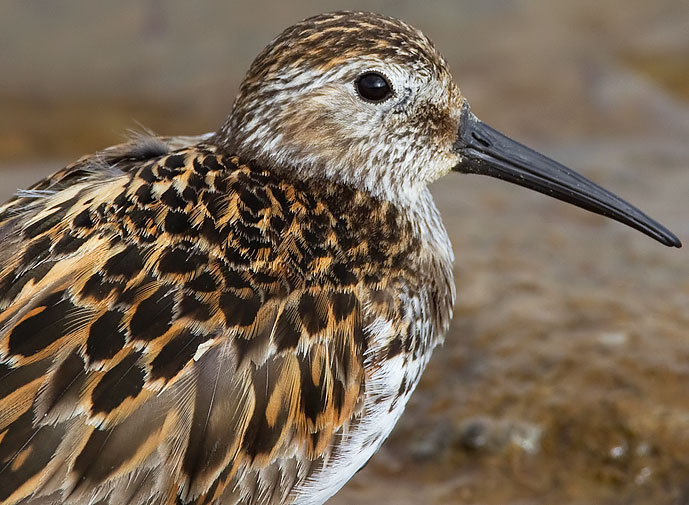
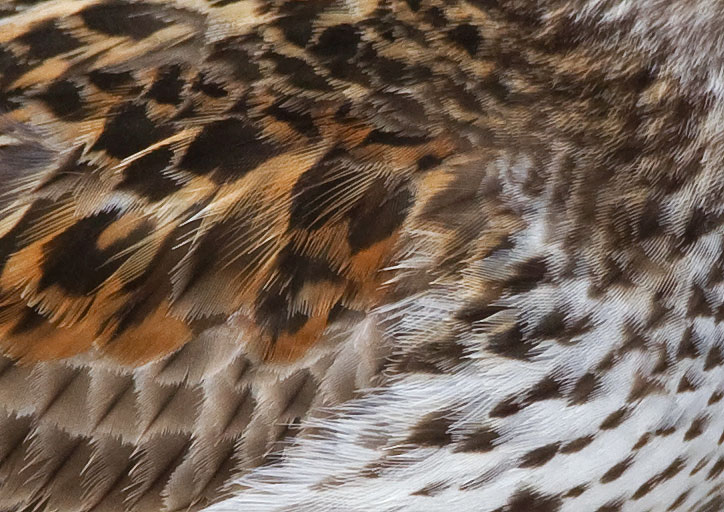
12 May. I went to see the IBERIAN CHIFFCHAFF at Wentwood. The bird showed well, and I used the movie facility on the 1D4 to record it. The sound quality was surprisingly good. I extracted the soundtrack with some freeware (AoA Audio Extractor) , and produced the spectrogram of the song below. The primary projection does look relatively long compared with that of the common chiffchaff.
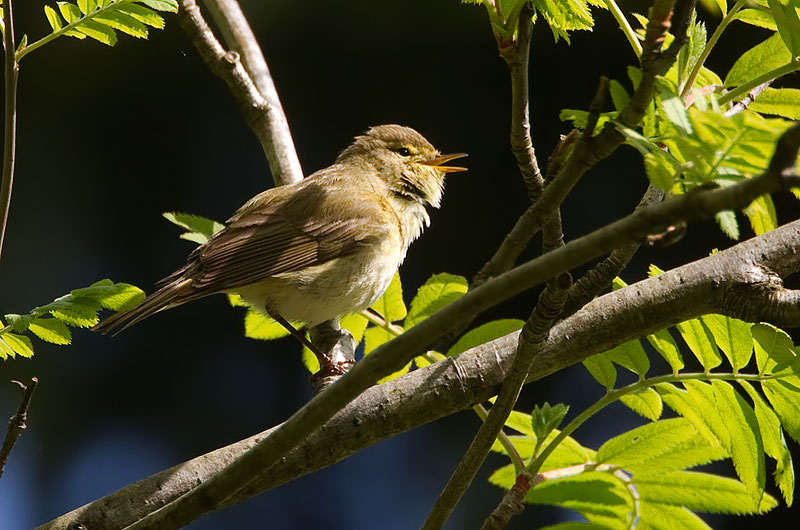
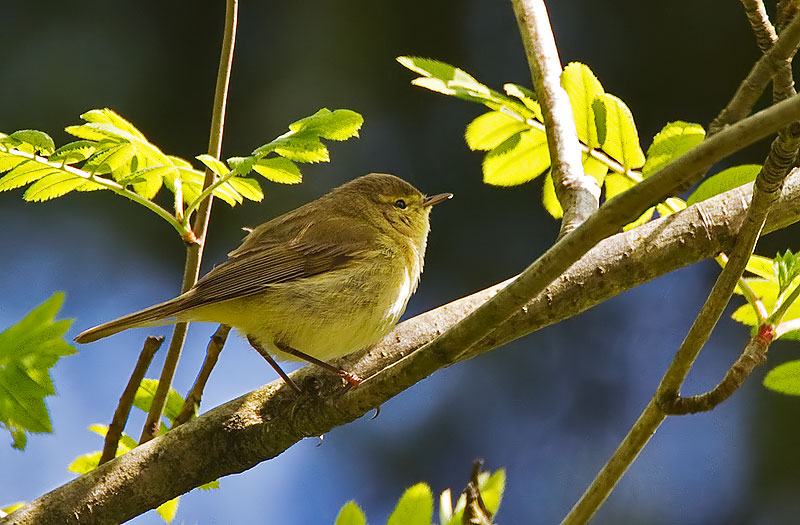
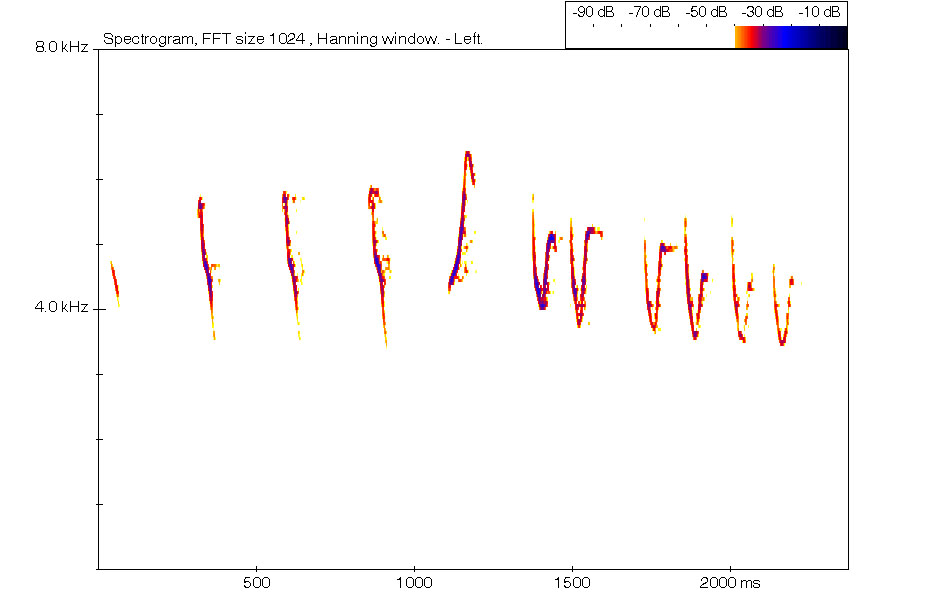
You can listen to the song depicted above by clicking on the icon at the bottom right of the spectrogram.
Collinson's & Melling's paper on acoustic identification of Iberian chiffchaffs can be viewed here. The Wentwood bird seems to sing with one of the most unambiguous songs from birds recorded in Britain to date.
A wood warbler was singing nearby.
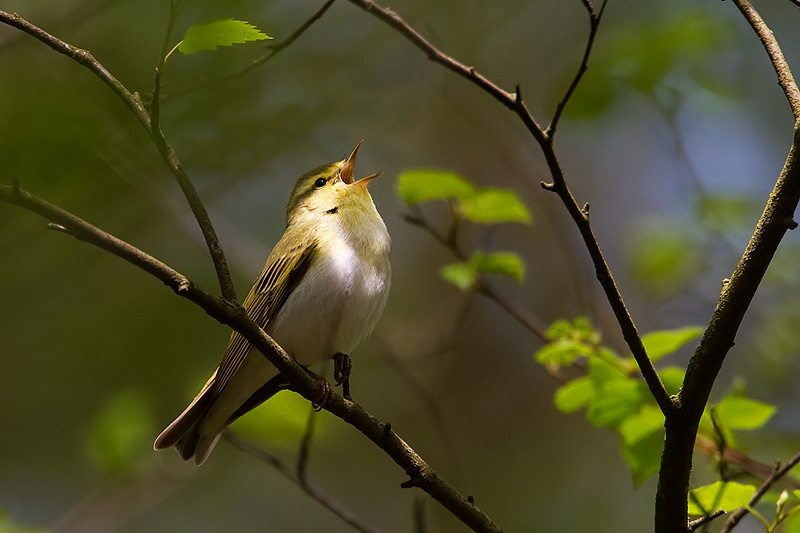
Then it was down to Shapwick for more great views of bitterns. Three drake garganey were also present on the drained lagoon.
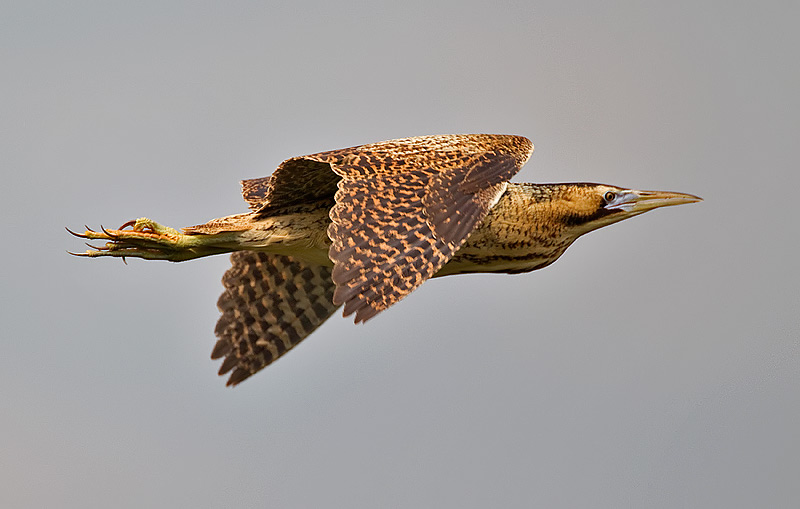
Up to a dozen hobbies fed over Meare Heath.
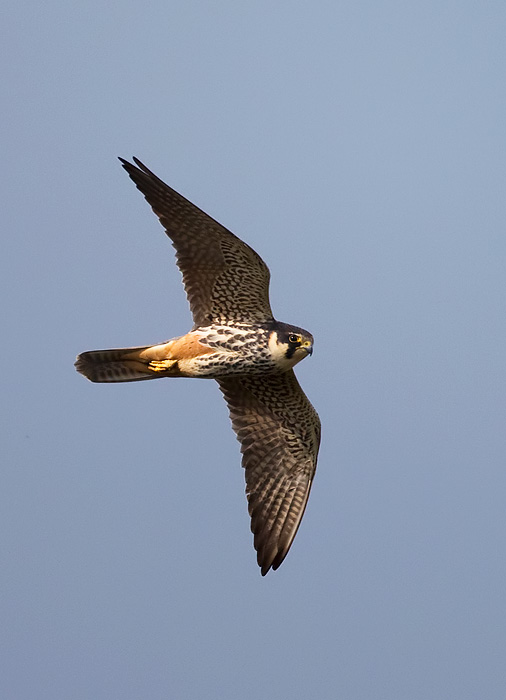
They mainly feed on dragonflies and damselflies at present. There are a fair number of these around, including large red damselflies.
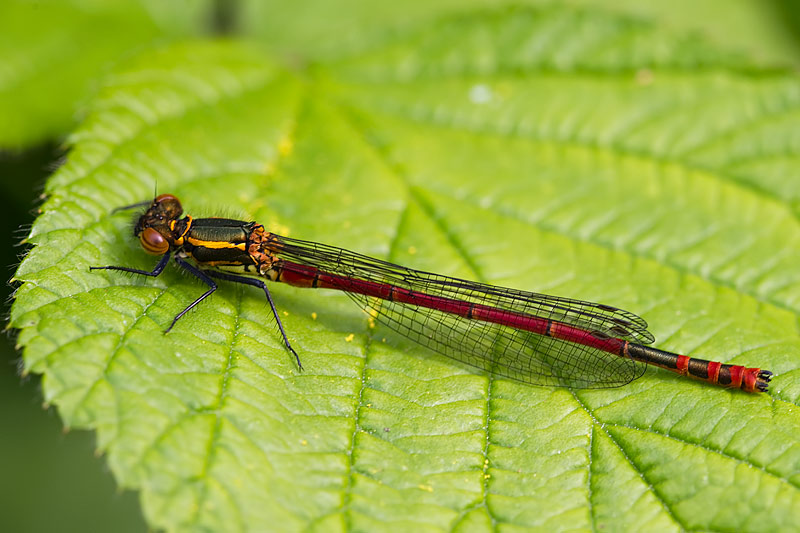
Identification of the blue damselflies is difficult, and the identifications below are my best guesses. The shape of the black pattern on the 2nd abdominal segment (behind the last hind leg in the picture below) can be a useful clue. It is U- shaped in this azure damselfly, and not joined to the black band behind it..
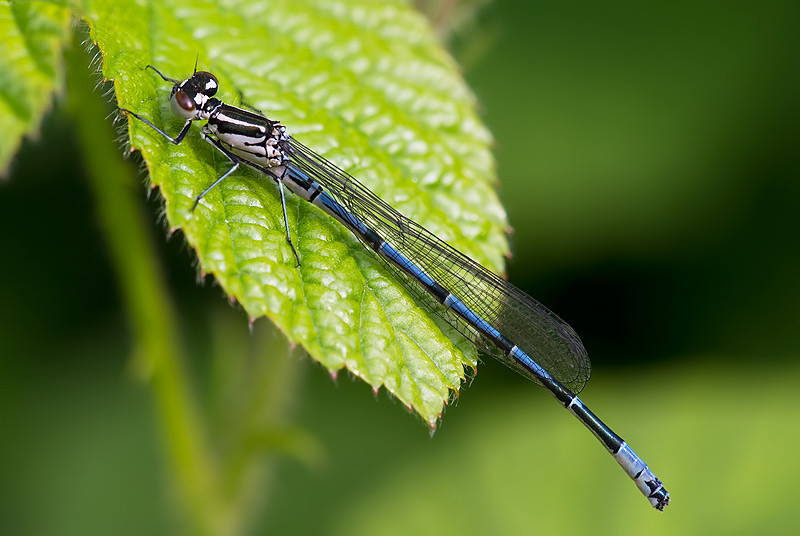
In the variable damselfly, the U is joined to the band behind it. Often the antehumeral stripes (top blue ones here) are incomplete.
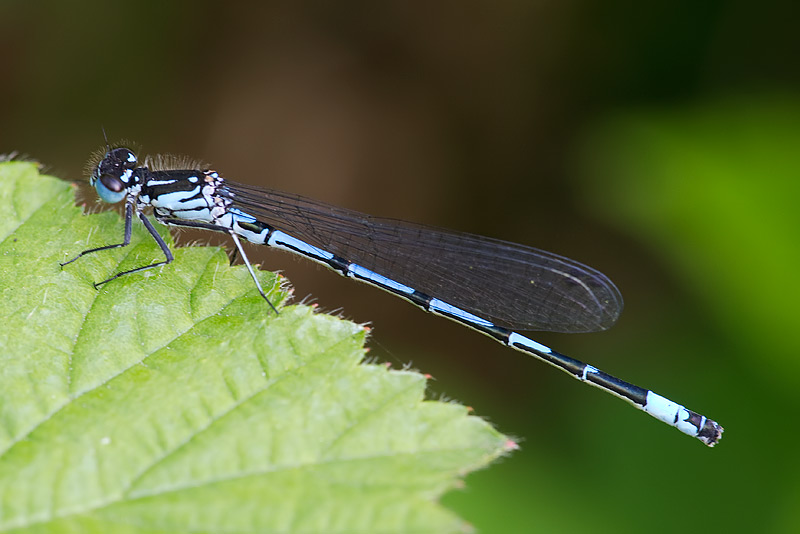
Female variable damselflies (below) can have a mercury mark on abdominal segment 2, which can cause confusion with the scarcer southern damselfly.
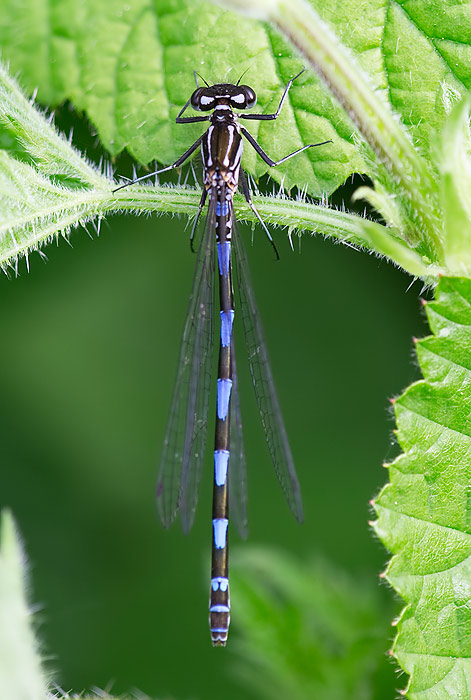
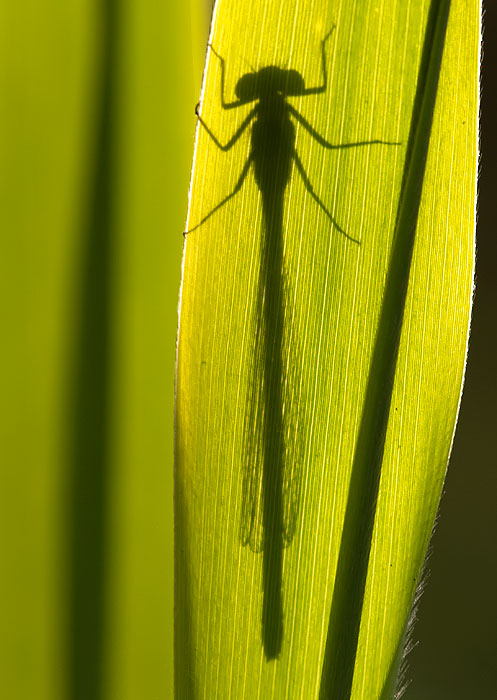
9th May. We're still in the grip of a cold northerly airstream. An afternoon on the levels - 3 wood sandpipers still at Tealham Moor, and what must have been a sedge warbler with brief song bursts sounding like the start of a Savi's warbler reel with swallow mimicry then thrown in. At Meare Heath I saw a ringed plover, whimbrel, about 12 hobbies, about 5 garden warblers. I saw a cuckoo singing at Ham Wall. In total I had 6 views of flying bitterns, and 2-3 were still booming. I had brief views of an otter from Meare Heath hide.
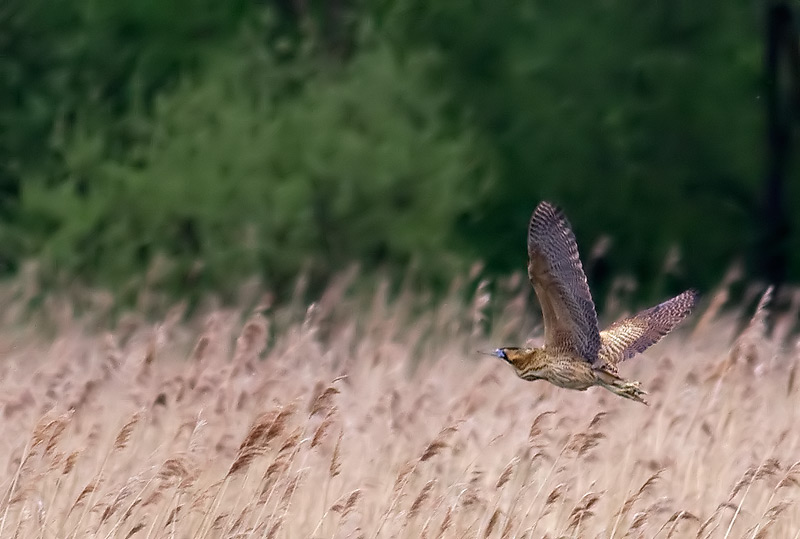
8th May. First whitethroat heard in Flax Bourton - these and house martins appear to be rather scarce locally this year.
3rd May. Another trip to Barrow Tanks - the greater scaup was still there, together with a shelduck, a singing male lesser whitethroat and 2 white wagtails. Photos - pied wagtail and the scaup.
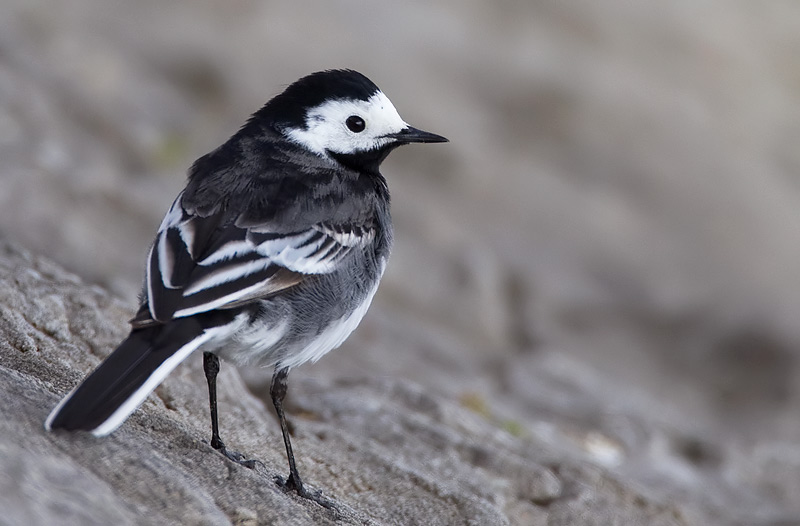
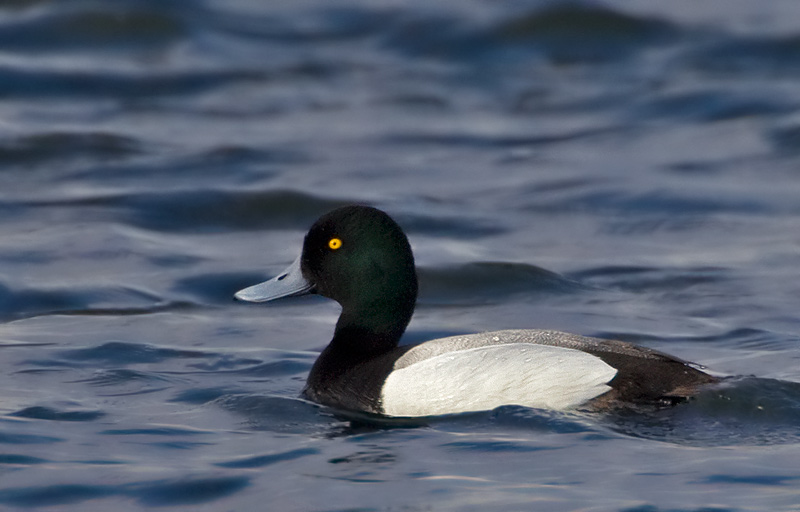
2nd May. Female long-tailed duck, male ferruginous duck and a distant hobby at Chew Valley Lake. The Stratford logbook stated that the shorelark was still present at Barrow Tanks on 30 April, so I thought I'd check it out. No sign - I guess the entry must have been placed under the wrong date- but there was a nice drake greater scaup on tank 3.











